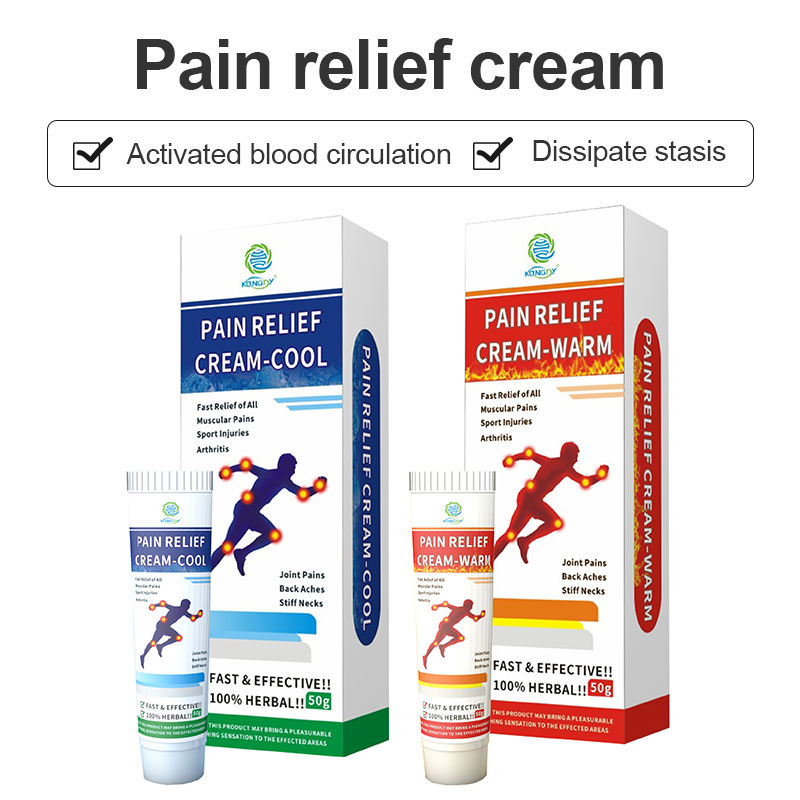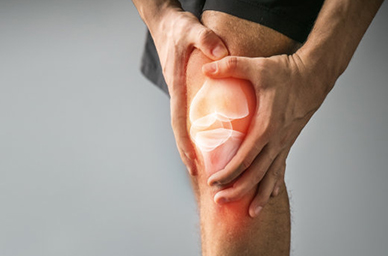Topical pain creams have emerged as an increasingly popular alternative to oral pain medications, offering targeted relief without systemic side effects. These specialized formulations work by delivering active ingredients directly through the skin to affected areas, making them particularly effective for localized pain conditions such as arthritis, muscle strains, and joint inflammation.
Modern pain creams typically contain a combination of active ingredients, each serving a specific purpose. Common components include menthol, which creates a cooling sensation and helps block pain signals; capsaicin, derived from chili peppers, which interrupts pain transmission; and salicylates, which reduce inflammation and discomfort. Some prescription formulations may also incorporate medications like lidocaine for local anesthesia or nonsteroidal anti-inflammatory drugs (NSAIDs).

The advantage of using pain creams lies in their precise application and reduced risk of drug interactions compared to oral medications. They are particularly beneficial for elderly patients or those with sensitive stomachs who might struggle with traditional pain pills. Additionally, these topical solutions can be applied multiple times daily as needed, allowing users to manage their pain levels more effectively.
However, it’s essential to follow application instructions carefully and be aware of potential skin sensitivities. Users should perform a small patch test before full application and avoid applying these creams to broken skin or mucous membranes. While generally safe, some individuals may experience mild irritation or allergic reactions to certain ingredients.






